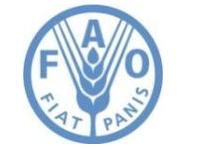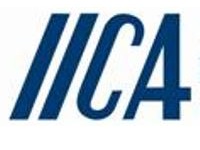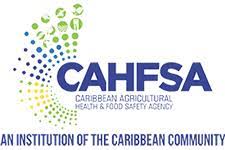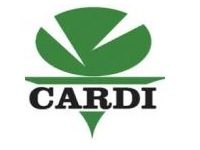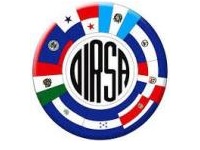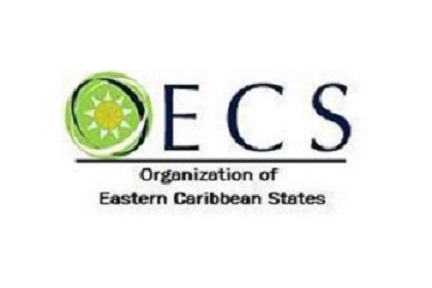Aquaponics and Hydroponics are new farming techniques that may be the key in the future to farming. Studies recently conducted have shown that these new farming techniques to be cost-effective, even increasing crop production and expanding fish food sources to places that are incompatible with normal farming techniques.
Aquaponics integrates a hydroponic subsystem in which fish are reared, and water circulates these components. It is a combination of plants and fish in recirculating systems. The process involves dissolved waste nutrients that are recovered by the plants, reducing discharge to the environment, and extending water use. Aquaponics is a possibility for places that cannot establish the growth of crops, pond aquaculture is a system that reduces land requirements and water, but is beneficial for those that implement it.
Hydroponics is a process whereby the roots of plants absorb their nutrients directly from the water as the nutrients are already dissolved in the water. Hydroponically grown crops are safe and fresh. It is another system that is cost-effective and can be of use in countries or terrains where agroecology may be a challenge to implement.
In response to more plant crop production and food (fish), some small Caribbean islands have developed outdoor commercial aquaponic systems for the development of leaf lettuce and tilapia. Operational and infrastructure costs are greatly reduced with these systems. Local farmers also have an opportunity to invest in these low-cost systems. Aquaponics and hydroponics are new ways of farming that will offset food and water shortage with the ever-growing global population. They will be the new face of food security.
https://bit.ly/2Xd9vnn – Aquadocs
https://bit.ly/3EgCCXh – Researchgate

